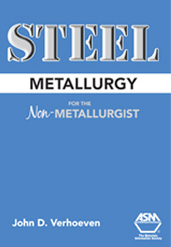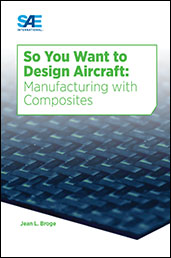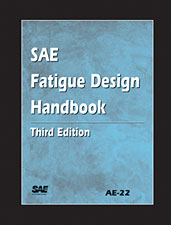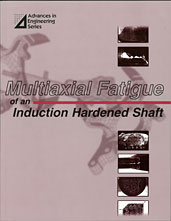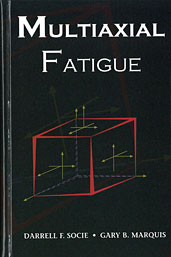Book

Steels: Processing, Structure, and Performance, Second Edition
2015-02-01
In the second edition of this best-selling book, new information and references are integrated into chapters. Emphasis is still on processing, alloying, microstructure, deformation, fracture and properties of major steel types ranging from low-carbon sheet steels, pearlitic rail and wire steels, to quench and tempered medium- and high-carbon martensitic steels. Microstructural aspects of steelmaking, hardenability, tempering, surface hardening, and embrittlement phenomena are updated, and chapters on stainless and tool steels remain in the second edition. The work is intended to be tutorial and is an essential state-of-the-art reference for anyone that makes, uses, studies and designs with steel.

